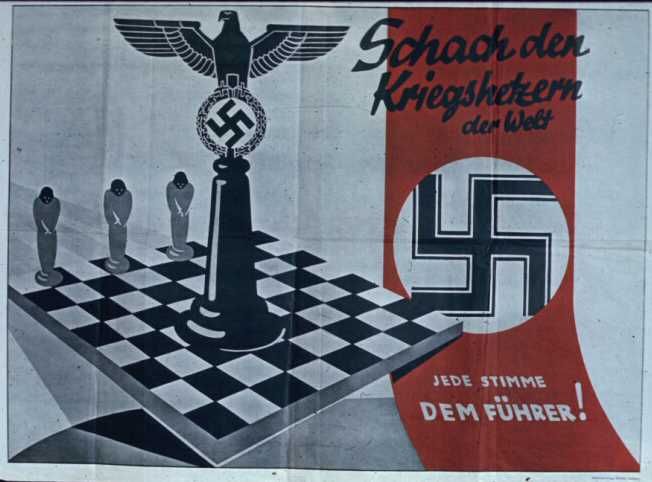![The life and games of Emil Josef Diemer: The Madman of chess! [Part 1]](https://images.chesscomfiles.com/uploads/v1/blog/481390.99569885.668x375o.01fcba6069e7@2x.png)
The life and games of Emil Josef Diemer: The Madman of chess! [Part 1]
Genius and madness are sometimes not far away from each other. Indeed, looking at world-class players like Bobby Fischer, Wilhem Steinitz and Paul Morphy (allegedly...), all of which were brilliant players, that would sadly end with them going crazy. An outsider to the game would likely attach the stereotype that all strong chess players are insane. The life of Emil Josef Diemer will not change your opinion... This player was crazy over the board and also in real life:
Alongside this blog I have also provided video commentary on some of his best games on my YouTube Channel. Make sure you check it out and subscribe for future updates of my chess videos!
In part 1 of this blog, we will have a look at the early life of Diemer, his affiliation with the NSDAP, and some of his greatest miniature games with his famed gambit that would eventually be named after him:
In 1931, at the age of 23, out of work, he decided to join the NSDAP, also known as the German Nazi Party.
Diemer, throughout his life, was naturally obsessed in everything that he did. Indeed, being part of the Nazi Party meant he became a relentless fanatic for the party during its early years. This period of time for the Nazi Party was known as the Kampfzeit, "The years of struggle," and Diemer wanted to ensure its political success.

As a member for the party, Diemer took the role as a chess reporter for the German Reich which meant he could travel around Europe to all important international chess events thus allowing him to become a professional chess player:


Some pictures of what Diemer would pronounce as Schachkampf - "Chess struggle."
For excellent commentary on chess playing in Nazi Germany, there has already been extensive research done by Edward Winter (a chess historian) on this topic: https://www.chesshistory.com/winter/extra/frank.html
In 1933, Diemer had the opportunity to play Efim Bogoljubov in a simultaneous exhibition beating him in only 14 moves using the very unorthodox Englund Gambit:
A year later, Diemer would have similar success against Alexander Alekhine. In a very tactical position, Diemer comes out on top against the world champion:


In 1955 Diemer would attract a following of players. This was due to his analysis on the gambit, at the time, known as the Blackmar gambit. He produced many beautiful games with this gambit, where his surname would end up being attributed. In 1948 he produced a wonderful game against a player known as Portz:
